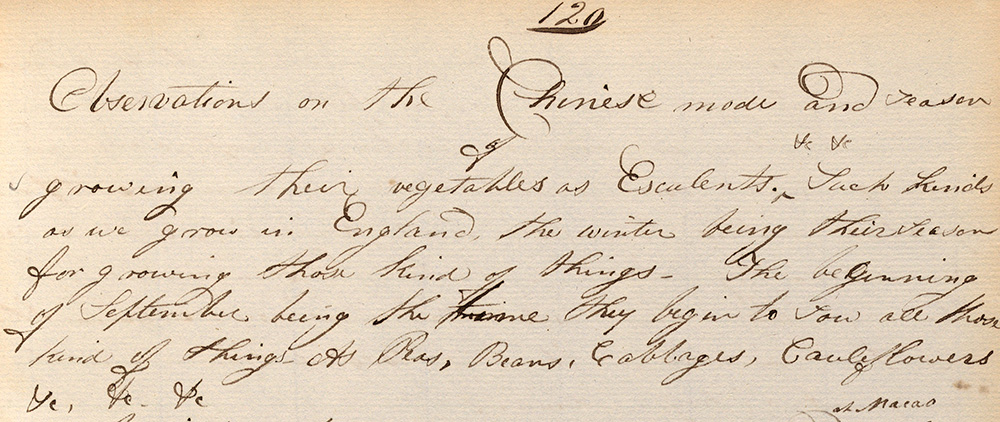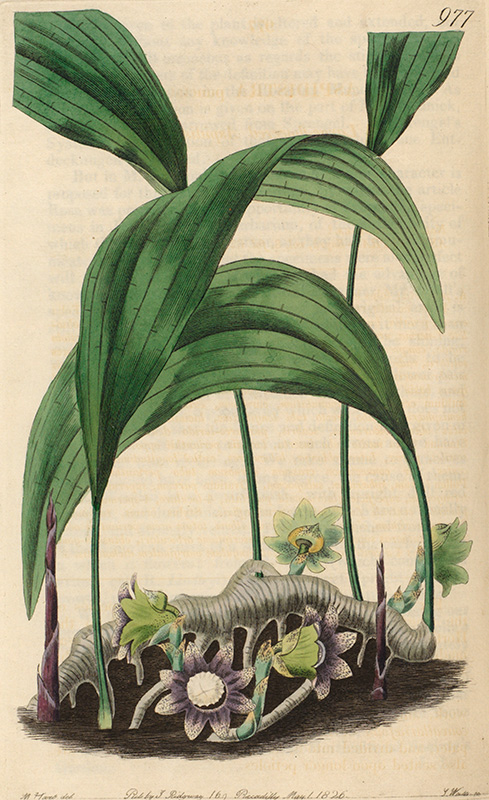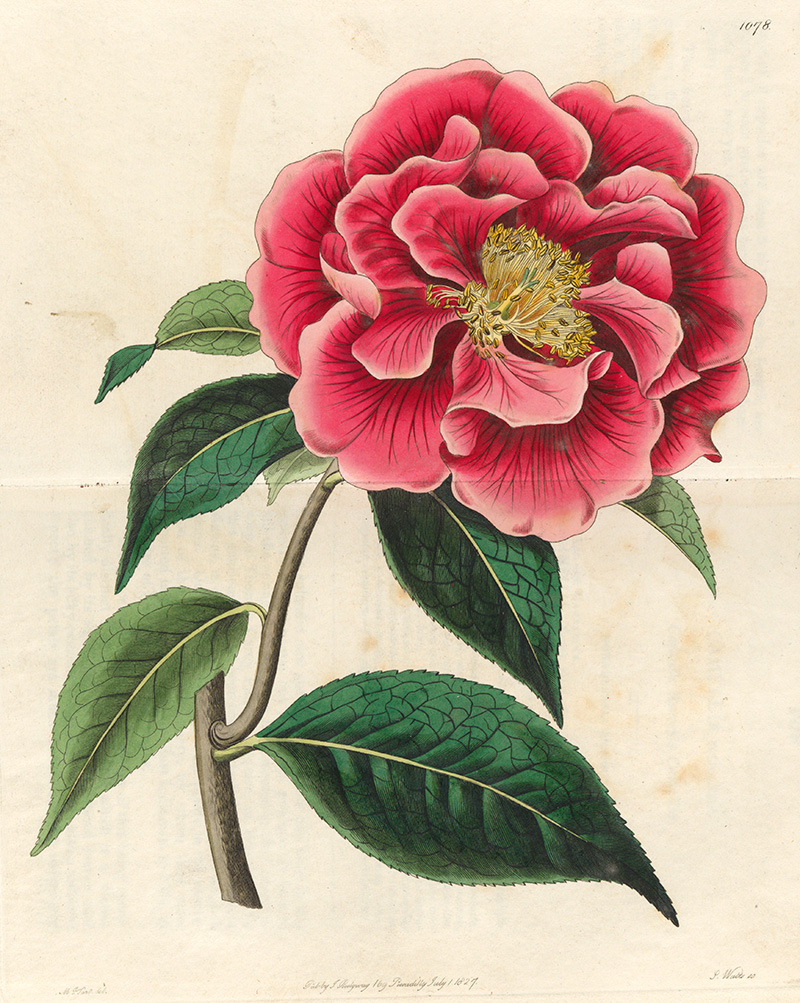Insights into our collections
RHS Plant Collector Archive: John Damper Parks
John Damper Parks was the Horticultural Society’s fourth plant collector, and had a particular interest in collecting camellias, chrysanthemums and azaleas.
Who was John Damper Parks?
We know very little about Parks’ life before and after his time as a plant collector for the Horticultural Society. Prior to his trip to China Parks worked as a gardener for the Earl of Arran in Bognor Regis. After his return from China Parks became a nurseryman in Dartford in Kent. Parks died on 11 January 1866.
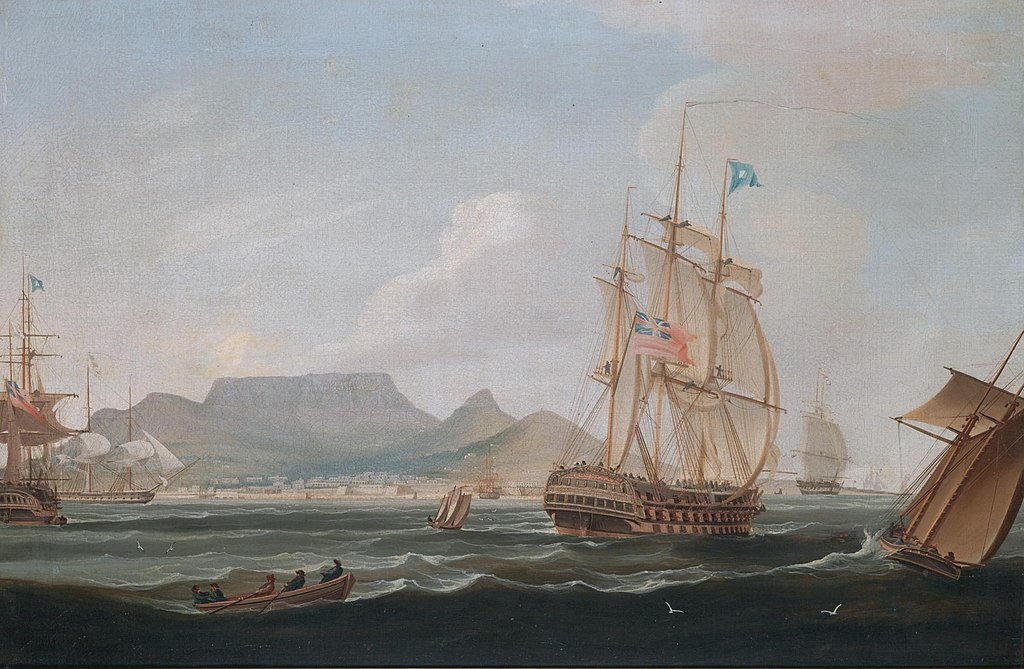
William John Huggins, The East Indiaman Lowther Castle off Table Bay, 1819. Source: Wikipedia. Public Domain
Where did John Damper Parks collect plants?
Parks collected plants for the Horticultural Society from China. He departed from England on 15 April 1823 onboard the East India Company Ship Lowther Castle. He arrived at Anyer in Indonesia in early August, before travelling on to Macau, prior to arriving in Guangzhou on 12 October 1823.
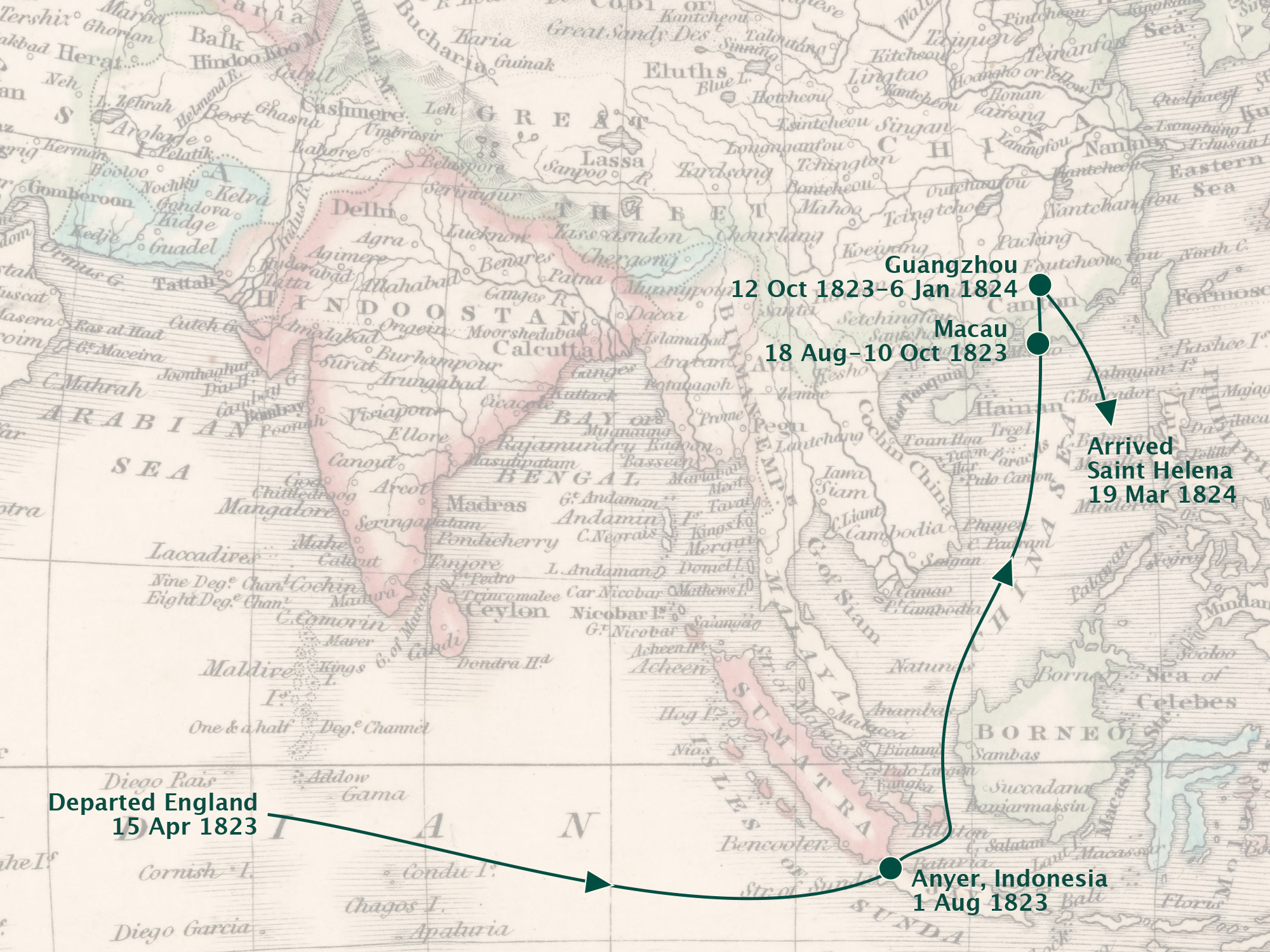
Map of John Damper Parks’ voyage. The place names are those used by Parks in his account.
Parks stayed in China for three months, before departing on 6 January 1824. While in China Parks became acquainted with the fellow plant collector and tea inspector John Reeves. The last entry in Parks’ travel journal documents his arrival on the British Overseas Territory of Saint Helena on 19 March 1824.
How did John Damper Parks collect plants?
There is little detail in Parks’ papers to indicate how he went about collecting plants. Like John Potts who travelled to China before him, Parks was not able to move freely and was confined to Guangzhou and Macau. Instead, he relied on a network of British officials and acquaintances, including John Reeves and the merchant and opium dealer Thomas Beale, as well as local people, to obtain plants. Parks, also like Potts before him, made multiple visits to the Fa Tee [Fangcun] gardens in Guangzhou, a source of plants that was widely known to European collectors. Parks also observed and made enquiries about Chinese gardening and agricultural techniques, often through European intermediaries. Parks expressed contempt and condescension towards Chinese gardeners in the Lapa hills, deeming them “slovenly” and lacking attention to neatness.
What plants did John Damper Parks collect?
Parks sent a number of cases and boxes back to England, containing live specimens, seeds, and fruits preserved in spirits. Parks was particularly interested in camellias, chrysanthemums and azaleas. His voyage resulted in the introduction several species from China to England, including the aspidistra, and several camellias including Camellia reticulata.
Plate 977. Aspidistra punctata. Edward’s Botanical Register 12 (1826)
What’s in the John Damper Parks papers at the RHS Lindley Library?
Parks’ papers comprise his journal from the journey, alongside copies of correspondence, observations and notes from the journey, and lists of plants. The papers make frequent mention of John Reeves, with whom Parks stayed while in China, and the Scottish naturalist and opium speculator Thomas Beale. Parks also describes in detail the Chinese horticultural techniques that he encountered.
Plate 1078. Camellia reticulata. Edward’s Botanical Register 13 (1827)
This Insight draws upon research carried out by Dr Sarah Easterby-Smith and Dr Elena Romero-Passerin (University of St Andrews) in 2021-2022, commissioned by the RHS.
Discover more
Published
9 May 2025
Insight type
Short read
